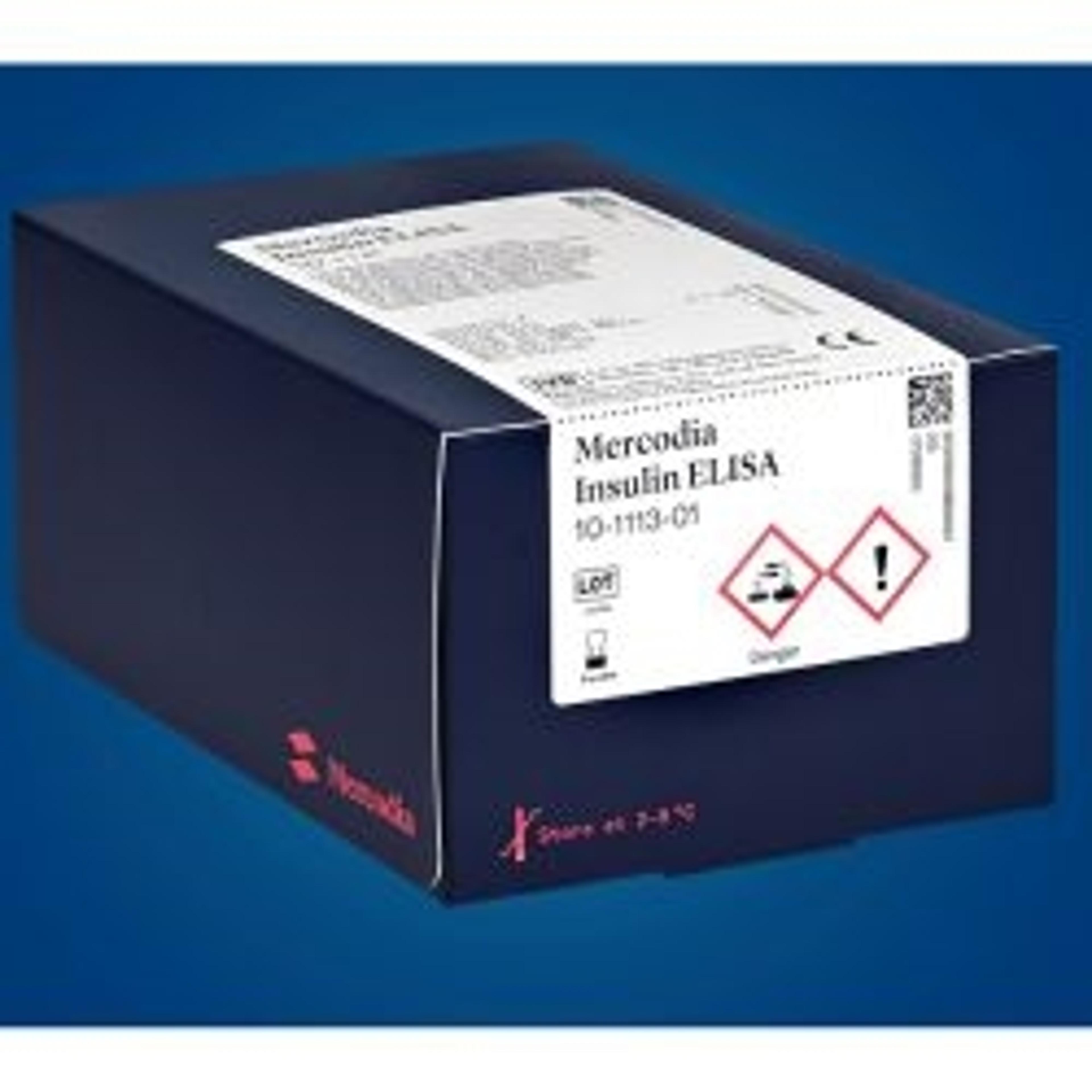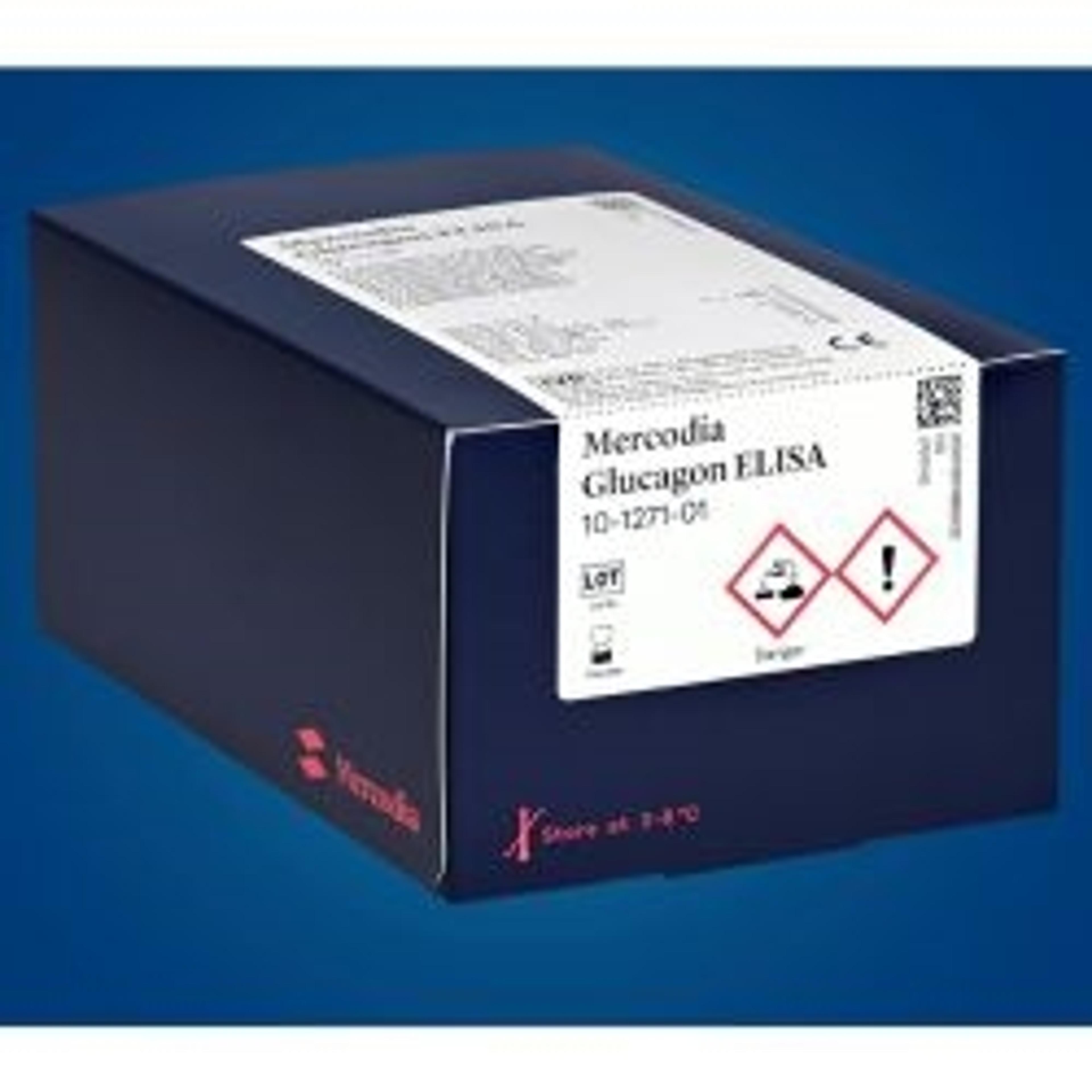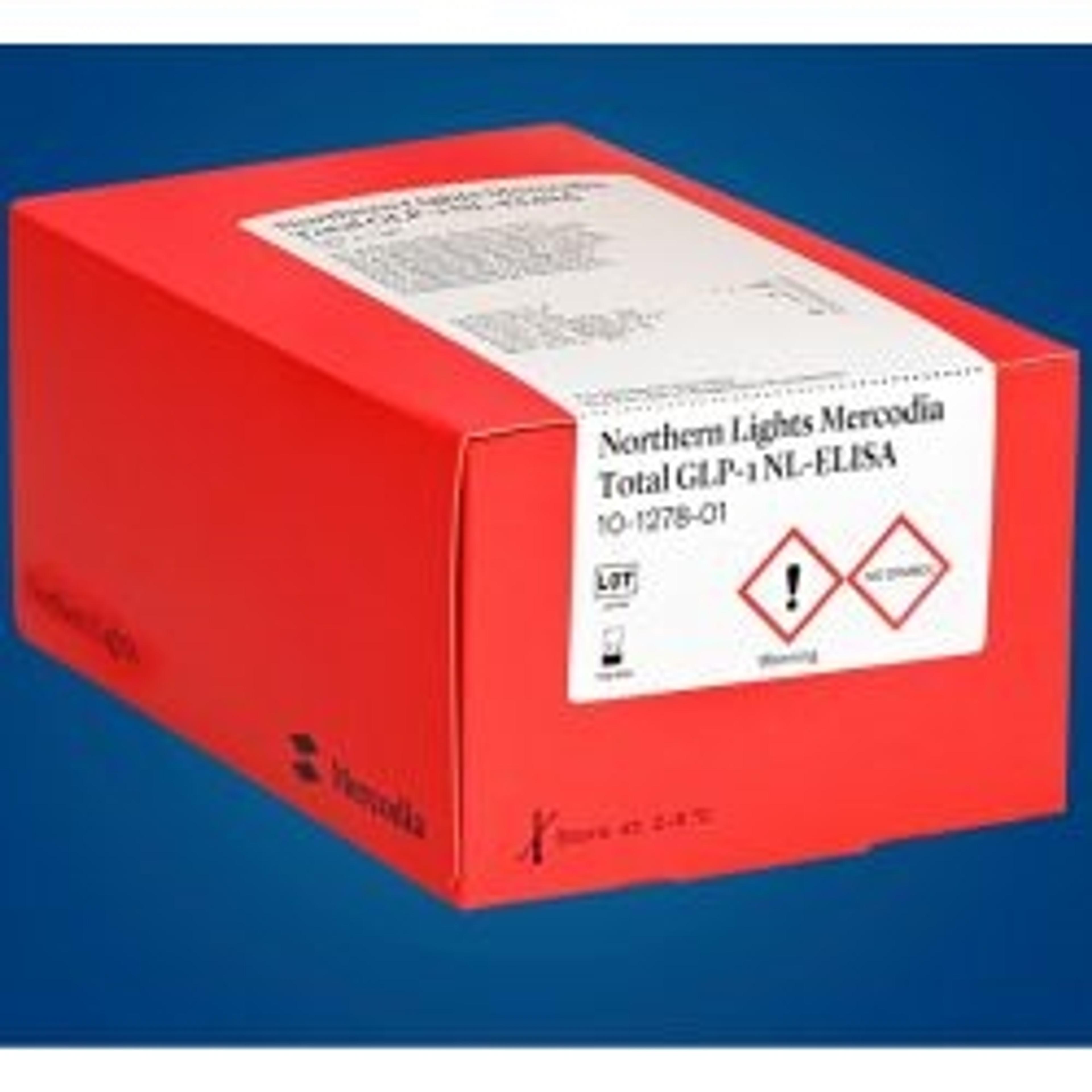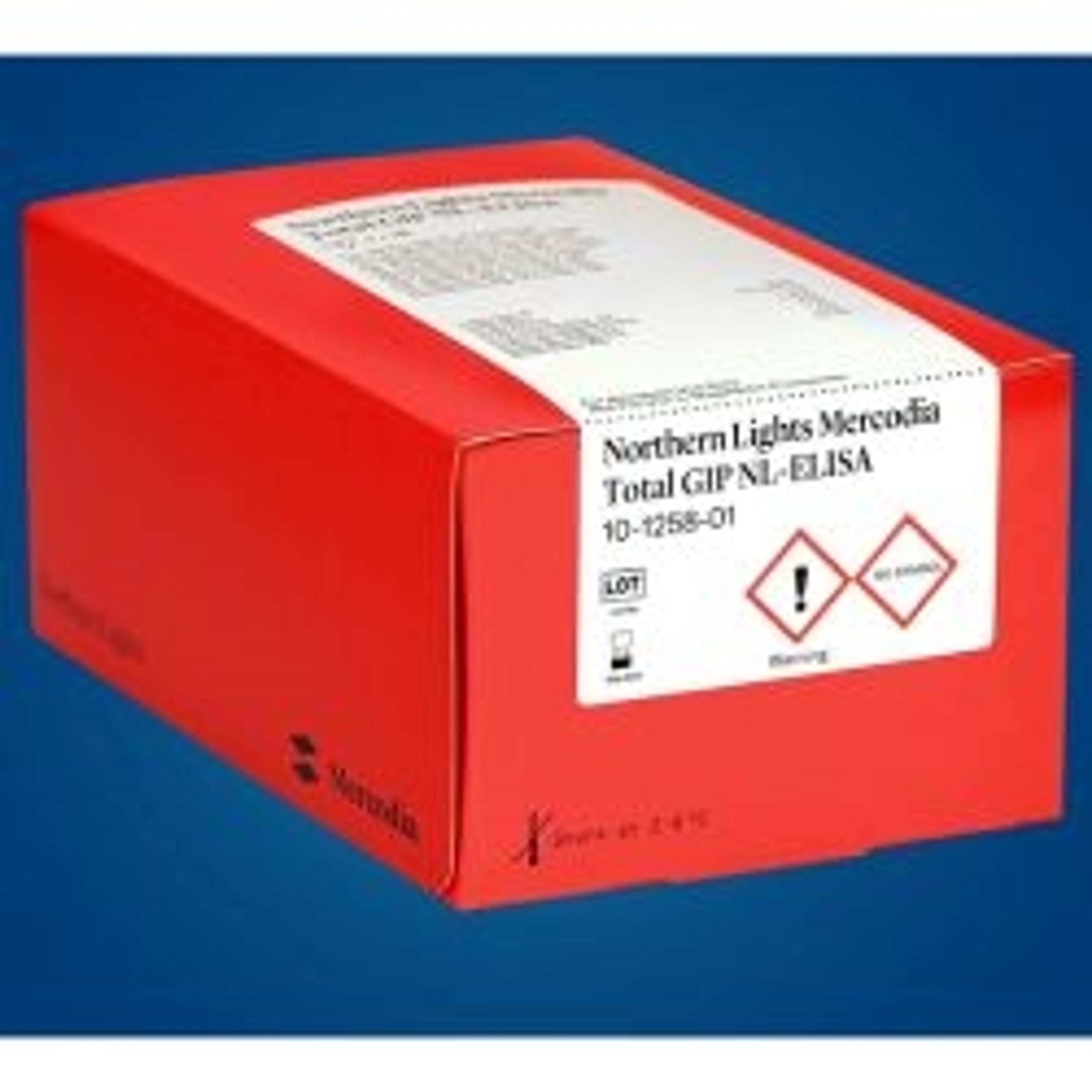Immunoassays reveal new insights into diabetes
Discover how University of Copenhagen researchers are using immunoassays to unravel peptide hormone dynamics and their implications in diabetes
5 Sept 2025
Impaired inter-organ communication has been found to contribute to the development of comorbidities such as diabetes. To capture these dysmetabolic conditions researchers are using immunoassays to pinpoint disturbances and common pathways in these diseases. By unraveling the molecular pathways responsible for these dysmetabolic conditions researchers hope to identify new more efficient drug targets.

Dr. Nicolai Jacob Wewer Albrechtsen, Associate Professor at the Novo Nordisk Foundation Center for Protein Research, University of Copenhagen, and Consultant at the Department of Clinical Biochemistry, Copenhagen University Hospital – Bispebjerg
Dr. Nicolai J. Wewer Albrechtsen, Associate Professor and Consultant at Department of Clinical Biochemistry, Copenhagen University Hospital - Bispebjerg, uses innovative biochemical-based measurement technologies such as immunoassays to investigate the interplay between the pancreas and the liver, known as the liver–alpha cell axis. His research explores the relationship between glucagon, insulin, glucagon-like peptide-1 (GLP-1), and glucose-dependent insulinotropic polypeptide (GIP).
“These molecules interact like well-orchestrated music,” explains Wewer Albrechtsen. “Glucagon and insulin directly increase and lower glucose through the liver, by regulating how much glucose is produced and how much glucose is taken up. GLP-1 and GIP, on the other hand, regulate glucagon and insulin secretion.”
Released in the setting of a meal, after the ingestion and absorption of glucose, protein, and fat, these hormones provide one of the physiological connections between eating and insulin release. The complex interplay of these hormones is vital to glucose homeostasis.
By understanding how the abnormal secretion of these molecules can lead to metabolic diseases such as diabetes or fatty liver disease it may be possible to identify new more efficient drug targets for cardiometabolic diseases. “Abnormal regulation of these peptides may contribute to the development of type 2 diabetes and my research is aimed at understanding how impaired inter-organ communication can contribute to the development of this disease,” says Wewer Albrechtsen.
The value of immunoassays in diabetes research
To perform these studies, Wewer Albrechtsen emphasizes the significance of precise measurement techniques in discerning hormone levels and their implications on individual phenotypes and disease susceptibilities. “We need to understand how hormone levels vary between different people and whether any differences are a result of phenotype or metabolic disease,” explains Wewer Albrechtsen. “The technologies we are using for this are mostly antibody based technologies such as enzyme linked immunosorbent assays (ELISA). This technology allows us to perform on average 30,000 analyses per day.”
Mercodia manufactures a range of ELISA for cardiometabolic disease research including the Insulin ELISA, Glucagon ELISA, Total GLP-1 NL-ELISA, and Total GIP NL-ELISA. These highly specific, and sensitive immunoassays enable accurate quantification of molecules without the risk of any significant cross-reactivity to other circulating pro-glucagon-derived peptides or analogs. “Immunoassays from Mercodia are pertinent to my research as they enable me to accurately measure different peptide hormones,” shares Albrechtsen.
The ability to work with small sample volumes using the Mercodia immunoassays is crucial in studies involving mice. In human studies, the immunoassays enable us to do frequent and rapid measurements of the peptide of interest.
Dr. Nicolai J Wewer Albrechtsen, University of Copenhagen
Offering practical advice to fellow researchers looking to utilize immunoassays in their work, Wewer Albrechtsen underscores the importance of the validation of the immunoassays before the publication of any findings. “By meticulously testing assay performance across various concentrations and sample types, researchers can ensure the reliability and reproducibility of their findings, fostering credibility within the scientific community.”
Mercodia offers a range of tailored bioanalytical services to aid researchers in their preclinical and clinical studies. These services include assay development and optimization to help ensure the accuracy and reliability of assays developed for bioanalysis in drug development. Additionally, Mercodia’s pharmacokinetics (PK) and pharmacodynamics (PD) services include fit-for-purpose assay validation according to EMA, FDA, and ICH.
Peptide hormones: From metabolic regulation to neurodegeneration
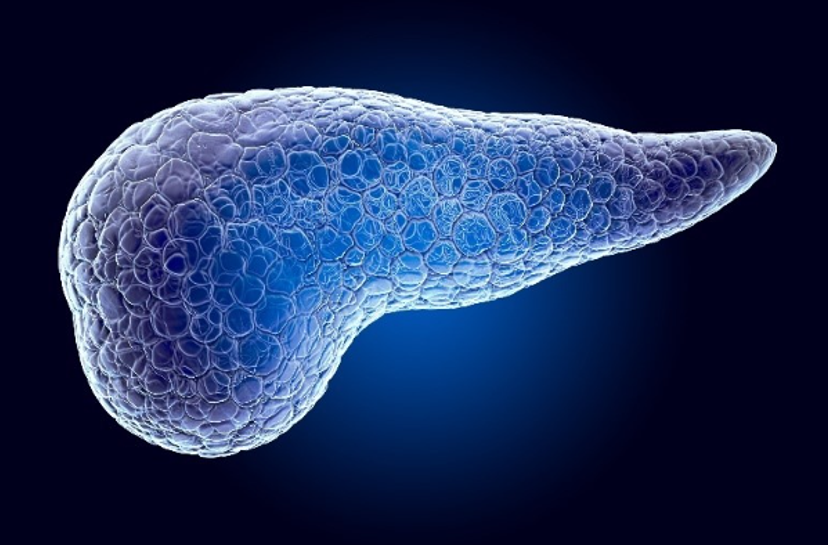
Investigating the interplay between molecules produced in organs such as the pancreas and the liver will open up new avenues for the treatment of diseases such as diabetes
The key role of peptide hormones in many metabolic processes and the complex physiological interplay they present, has opened a window for new promising therapeutic approaches to the treatment of diabetes and obesity.
A study performed by Wewer Albrechtsen and colleagues demonstrated the intricate interplay at work during metabolic pathways. The study showed that a physiological feedback circuit may exist between the liver and pancreatic α-cells in which glucagon controls amino acid metabolism, with the plasma concentration of amino acids regulating α-cell secretion.
Furthermore, the study highlighted how disruption of the liver–α-cell axis may cause hyperaminoacidemia and hyperglucagonemia which in turn may contribute importantly to the hyperglycemia of type 2 diabetes as demonstrated by the use of glucagon receptor antagonists1 .
These findings highlight how unraveling the molecular pathways responsible for impaired hormone release may provide new insight into cardiometabolic diseases.
Beyond cardiometabolic research, Wewer Albrechtsen foresees promising applications of the Mercodia immunoassays in neurodegenerative disease research. “The identification of some of these peptide hormones within the brain hints at novel avenues for exploring their roles in conditions such as Alzheimer’s disease. We believe that there are new avenues for the academic and clinical employment of these immunoassays in neurodegenerative diseases.”
Wewer Albrechtsen concludes, “Looking ahead I think there will be a convergence of research efforts aimed at unraveling the intricate connections between diabetes, obesity, fatty liver disease, and neurodegenerative conditions. The emergence of dual and triple agonist therapies, combining multiple hormones for enhanced therapeutic efficacy, exemplifies the potential translational impact of such discoveries in clinical practice.”
References:
1. Wewer Albrechtsen, N.J. et al. “The liver–α-cell axis and type 2 diabetes”, Endocrine Reviews, 2019, 40(5), 1353–1366. doi:10.1210/er.2018-00251. PubMed
This article was featured in the recent SelectScience® eBook 'How to harness biomarkers for rapid drug development.' For expert perspectives on the role of biomarkers in drug development and personalized medicine, download your free copy today.

